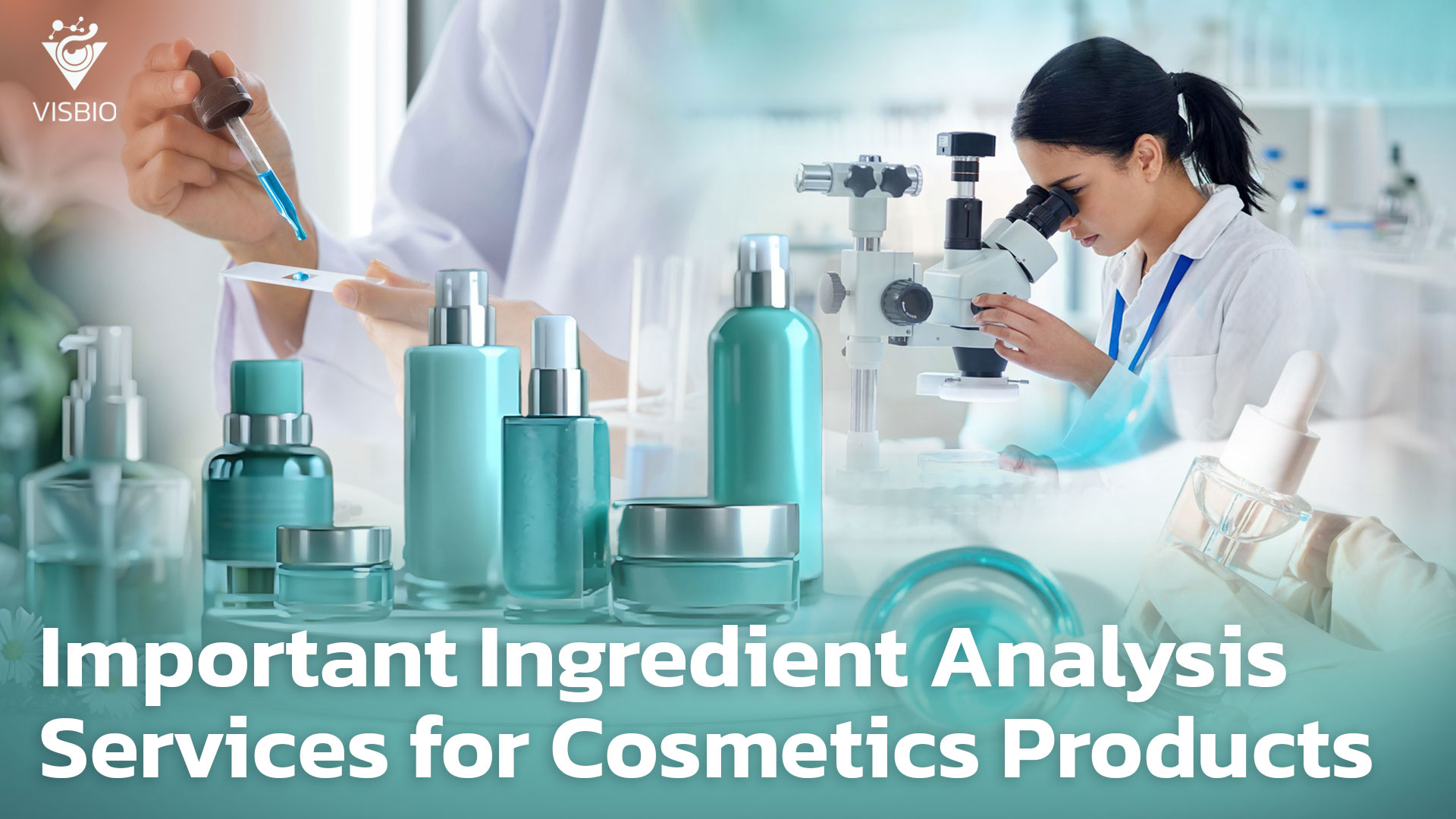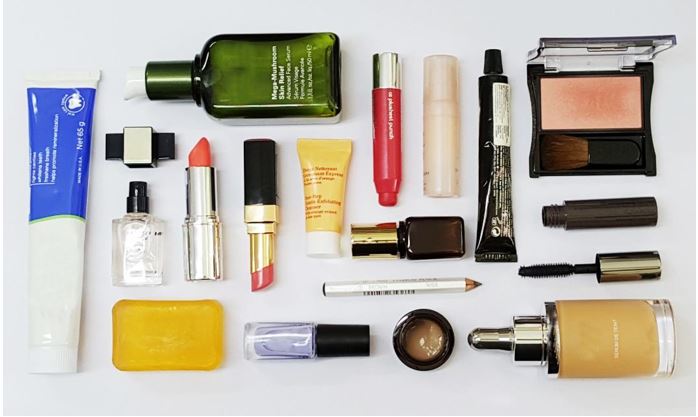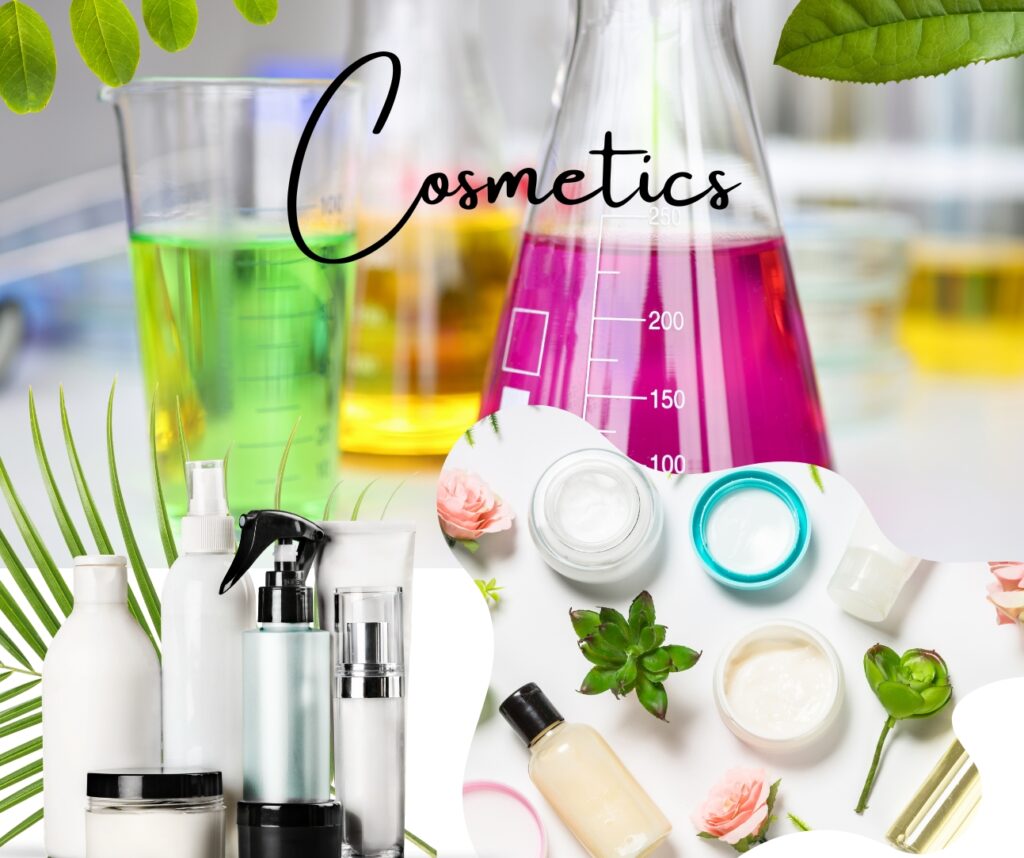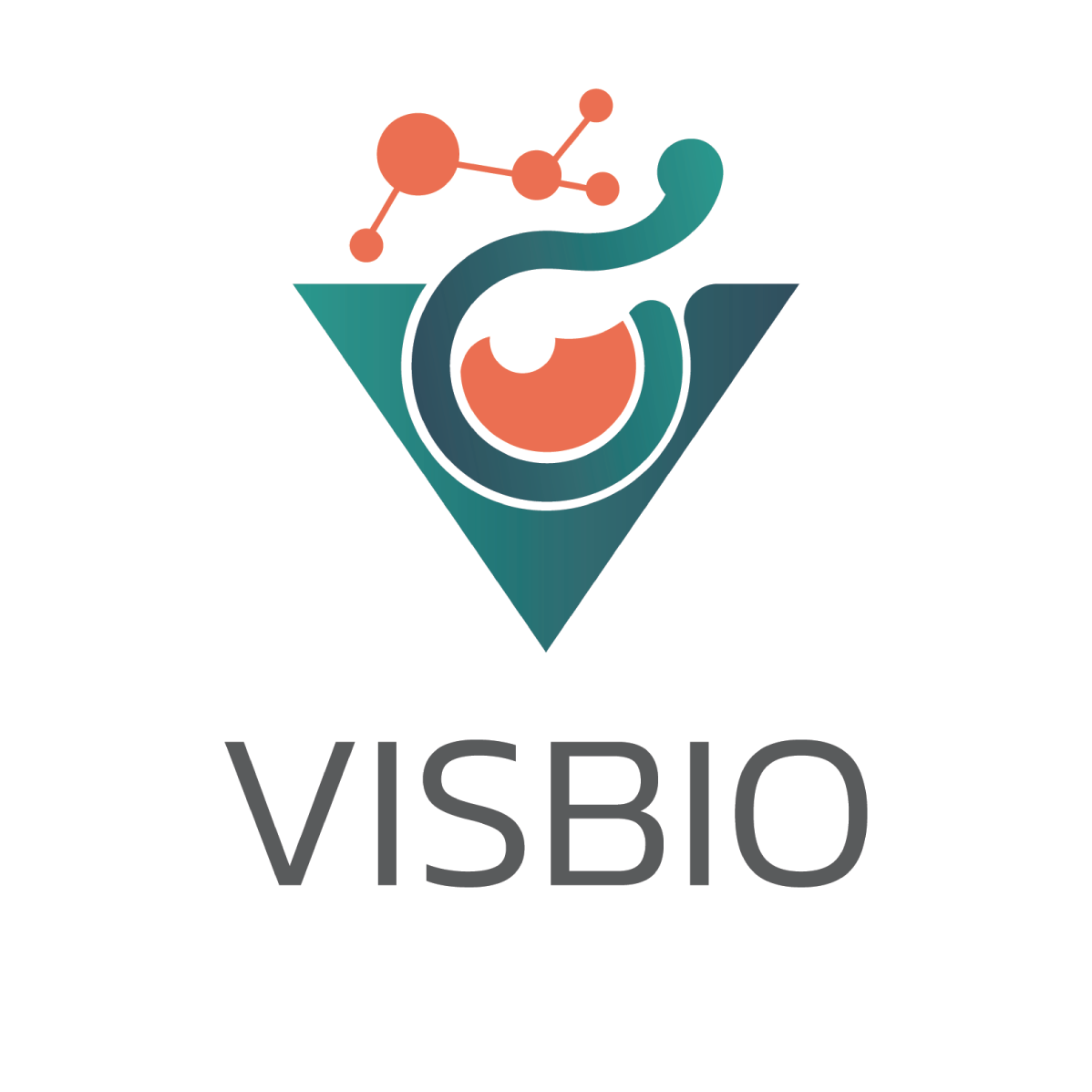
Information on Important Ingredient Analysis Services for Cosmetics Products
VISBIO Co., Ltd. offers services for the examination and analysis of crucial ingredients in cosmetic products. These services include the analysis of various substances such as Kojic acid, Alpha-Arbutin, Vitamin B3 (Niacinamide), Vitamin C derivatives like L-Ascorbic Acid and Ascorbyl Tetraisopalmitate, Hyaluronic Acid, and Allantoin. These substances are widely favored as components in cosmetic products. In today’s diverse cosmetic market, there is a wide variety of cosmetic products types available. The selection of essential ingredients depends on the characteristics that manufacturers aim to deliver to consumers. Whether the manufacturers or operators target to build confidence among consumers or to verify key ingredients presence in the product during the production process, the product can be tested and analyzed for the quantity of important ingredients it contains. For further inquiries and free of charge consultation regarding the analysis of important ingredients in cosmetic products, please feel free to contact us through the form below.
Cosmetics and Medicinal Cosmetics: What Are They?
Cosmetics refer to products used on the skin or any part of the body. These products can be in the form of creams, lotions, powders, sprays, or other formulations with the intention of cleansing, promoting beauty, altering appearance. Medicinal cosmetics, on the other hand, are products that improve the health and beauty of the skin by external application. They fall between cosmetics and drugs, enhancing beauty and skin health by changing the skin’s structure but not serving as medicinal agents, as shown in Figure 1.
Therefore, to maximize incorporating active ingredients or essential substances into products as well as using technology for effective penetration into the skin system, fundamental principle of analyzing the quantity of essential substances must be applied in order to ensure product’s both efficiency and safety as shown in Table 1.
Table 1: Differences Between Cosmetics, Medicinal Cosmetics, and Drugs
Effectiveness | Cosmetics | Medicine | Cosmetics |
| Pharmacological Effects | – | + | – |
| Effects on skin diseases | – | + | (+) |
| Effects on skin disorders | – | + | (+) |
| Side effects | – | + | (+) |
Types of Cosmetics
Cosmetics can be classified into 2 types based on risk analysis and product safety assessment as follows:

- Special Control Cosmetics This group refers to cosmetics with higher risk of causing harm to consumers due to the toxicity or danger of their chemical components, such as fluoride-containing toothpaste, hair dyes, hair straightening products, hair bleaches, and more. These products are subjected to the strictest regulation, and manufacturers must register the formulations for regulatory approval. After obtaining the registration certificate for Special Control Cosmetics, only then the manufacturers can proceed with the production and distribution keeping consumer safety at highest priority.
- Control cosmetics This group refers to products that may cause impact or risk but to a lesser extent than special control cosmetics. The regulatory requirements for control cosmetics are less stringent than for special control cosmetics. Manufacturers are required to notify the relevant government agency at least 15 days before production or distribution and ensure that the products meet the specified legal criteria.
The Food and Drug Administration (FDA) has categorized all types of cosmetics as controlled cosmetics, in accordance with the announcement made by the Ministry of Public Health on July 8, 2008, regarding the classification of control cosmetics.
Ingredients and Chemical Substances in Cosmetics

Cosmetic products are regulated under the law as health products. Therefore, it is crucial to ensure that cosmetic products are safe for consumers when used under normal conditions. Manufacturers are obliged and responsible to ensure that the products do not contain banned substances or restricted substances beyond the allowable limits, with exercise control over the components and chemicals used in the development and production of cosmetic products, including:
- Solvents: Solvents like water and alcohol are essential ingredients in cosmetics, acting as dissolving agent to dissolve other components. Different types of cosmetics may contain varying proportions of water and oil. For example, creams may have both water and oil components, while lotions have a higher water content, making them thinner than creams, and toners have the highest water content.
- Oils and Fats: Oils and fats are crucial components in many cosmetics. These can include fatty acids or glycerin, which act as emollients to soften and moisturize the skin. For example, creams or lotions may contain various types of oils and fats.
- Emulsifiers: Emulsifiers are substances that help blend water and oil. It act as a bridge, facilitating the combination of water and oil, making it easy to spread or absorb into the skin. Emulsifiers commonly used includes propylene glycol and butylene glycol.
- Humectants: Humectants are water-absorbing substances that help the skin retain moisture, preventing dryness. They draw moisture from the environment and the underlying skin layers to hydrate the skin. Examples include hyaluronic acid, collagen, proteins, and amino acids.
- Preservatives and Antioxidants: These are crucial to prevent cosmetics from bacterial and disease contamination, thus, extending their shelf life. BHA (Butylated hydroxy anisole) and BHT (Butylated hydroxytoluene) serve to inhibit and prevent product deterioration when exposed to oxygen in the atmosphere.
- Colors: Color is one of the popular yet significant component in cosmetics, contributing to product differentiation. While some cosmetics use color for aesthetic purposes, others rely heavily on color as a vital component, such as powders with various tones, lipsticks, eyebrow pencils, or hair dye.
- Other Active Ingredients: Cosmetics may contain plant extracts, herbs, detergents, astringents, or active ingredients like kojic acid, alpha-arbutin, niacinamide, ascorbyl tetraisopalmitate, L-ascorbic acid, hyaluronic acid, or allantoin, depending on their intended purpose and function.
- Perfumes: Perfumes are categorized into three types:
- Natural perfume (derived from nature)
- Natural identical perfume (contains components identical to natural sources)
- Synthetic perfume (artificially synthesized scents that differ from those obtained from nature)
Cosmetic Product Inspection and Analysis of Key Ingredients
Cosmetics come in various types. The choice of key ingredients depends on the characteristics that the manufacturer wants to deliver to consumers. If manufacturers or operators want to build confidence with consumers or want to verify that key ingredients used during the production process are still present, they can submit their products for analysis. There are various testing techniques, such as:
- High-Performance Liquid Chromatography (HPLC): This is a technique in liquid chromatography with high-performance capabilities. It uses small, solid-packed columns for rapid and efficient separation. It is suitable for both qualitative and quantitative analysis due to the use of pressure for separation.
- Enzyme Assay: This is a laboratory technique for measuring enzyme activity. It is essential for studying enzyme kinetics and inhibition.
VISBIO Co., Ltd. offers services to test the quantities of key substances in cosmetic products, including testing for substances like Kojic acid, Alpha-Arbutin, Niacinamide, L-Ascorbic Acid, Hyaluronic Acid, and Allantoin.
Literature:
- Thanaphon Amnuaykit. (2009). Cosmetology. Thai Pharmaceutical and Health Science Journal, 4(1), 94-110.
- Likhit Lateta. (2021). Beauty Care. Faculty of Science, Technology, and Agriculture, Yala Rajabhat University.
- Guidelines for Hazardous Business Operations to Health in the Production and Packaging of Cosmetics. (2012). Department of Environmental Health, Ministry of Public Health.


